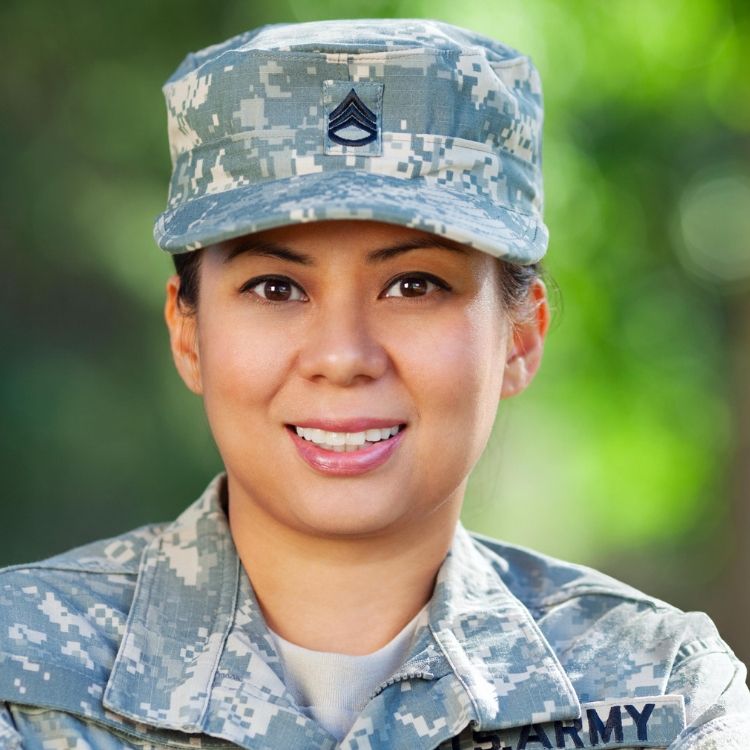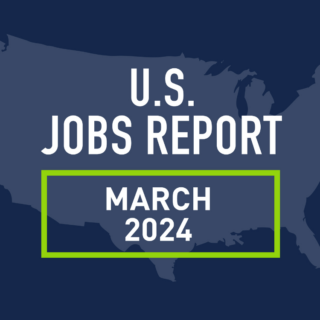There are plenty of reasons to hire veterans. For companies, it makes good business sense. Veterans make great employees. They’re leaders, team players, disciplined, hard workers, and their military experience makes them quick learners who can perform well under pressure. As civilians, it’s the least we can do. After years of service, as veterans transition into the civilian world, we owe it to them to make that transition smooth.
Falling Unemployment
Over the past five years, the veteran hiring landscape has transformed. In 2011, the unemployment rate for post-9/11 veterans hit a high of 12.1 percent. At the time, the U.S. economy was recovering from the worst economic crisis since the Great Depression and thousands of veterans were looking for civilian work as the military scaled down operations in the Middle East.
Now, the picture is vastly different. By the end of 2016, the veteran unemployment rate fell to 4.3 percent. The unemployment rate for post-9/11 veterans is about a percentage point higher.
There are several reasons for this drop in unemployment. The U.S. economy has recovered dramatically. As the veteran unemployment rate fell, so too did the overall unemployment rate. Additionally, many companies started veteran hiring initiatives. The Veteran Jobs Mission started in 2011 with the goal of hiring 100,000 veterans. Member organizations have now hired nearly 400,000. Companies like Walmart and Starbucks also made high-profile commitments that have translated into thousands of jobs. According to a U.S. Chamber of Commerce study, companies now consider veterans a top three recruiting priority.
New Challenges
Despite these encouraging numbers, veterans in 2017 face a new set of challenges – the biggest is underemployment. Military Times examined this issue, pointing out that many of the jobs offered to veterans making the transition to civilian work fail to take advantage of their unique skill sets.
We can also see this because when it comes to hiring veterans, one of the biggest challenges now is holding on to them. A study by the U.S. Chamber of Commerce found 44 percent of veterans leave their first civilian job in the first year. Of those who leave, 31 percent say it was because they took that first job just to make ends meet, but it wasn’t actually what they wanted to do. It wasn’t a good fit. Another 30 percent left for a better job with more pay and more opportunities for advancement.
These issues impact some veterans more than others. Post-9/11 veterans struggle more than veterans from earlier periods of service. Most of the unemployed veterans are middle age or older.
Some challenges affect the entire military family. The unemployment rate for military spouses is 18 percent. They face many of the same challenges as veterans when it comes to finding and holding a job, but they don’t have access to the same employment support networks. Hiring Our Heroes is drawing attention to the challenges faced by military spouses. Read more about those unique issues and PeopleScout’s relationship with Hiring Our Heroes here.
Looking Forward
Now, employers have a new challenge. It’s time to focus on placing veterans in the right job the first time and put them on a track to build a civilian career. We need to focus on building company cultures where veterans feel comfortable and where they can advance.
The biggest challenges standing in the way of these goals are that most hiring managers have a hard time reading military resumes and translating those skills to civilian jobs, and most companies don’t have the training or formal programming to build a veteran-friendly culture.
There are steps employers can take to improve veteran hiring and retention. See our list of best practices for companies looking to improve their veteran hiring.


![[On-Demand] AI in Recruiting: Hype, Ethics & Best Practices](https://www.peoplescout.com/wp-content/uploads/2024/03/ai-webinar-1-320x320.jpg)
